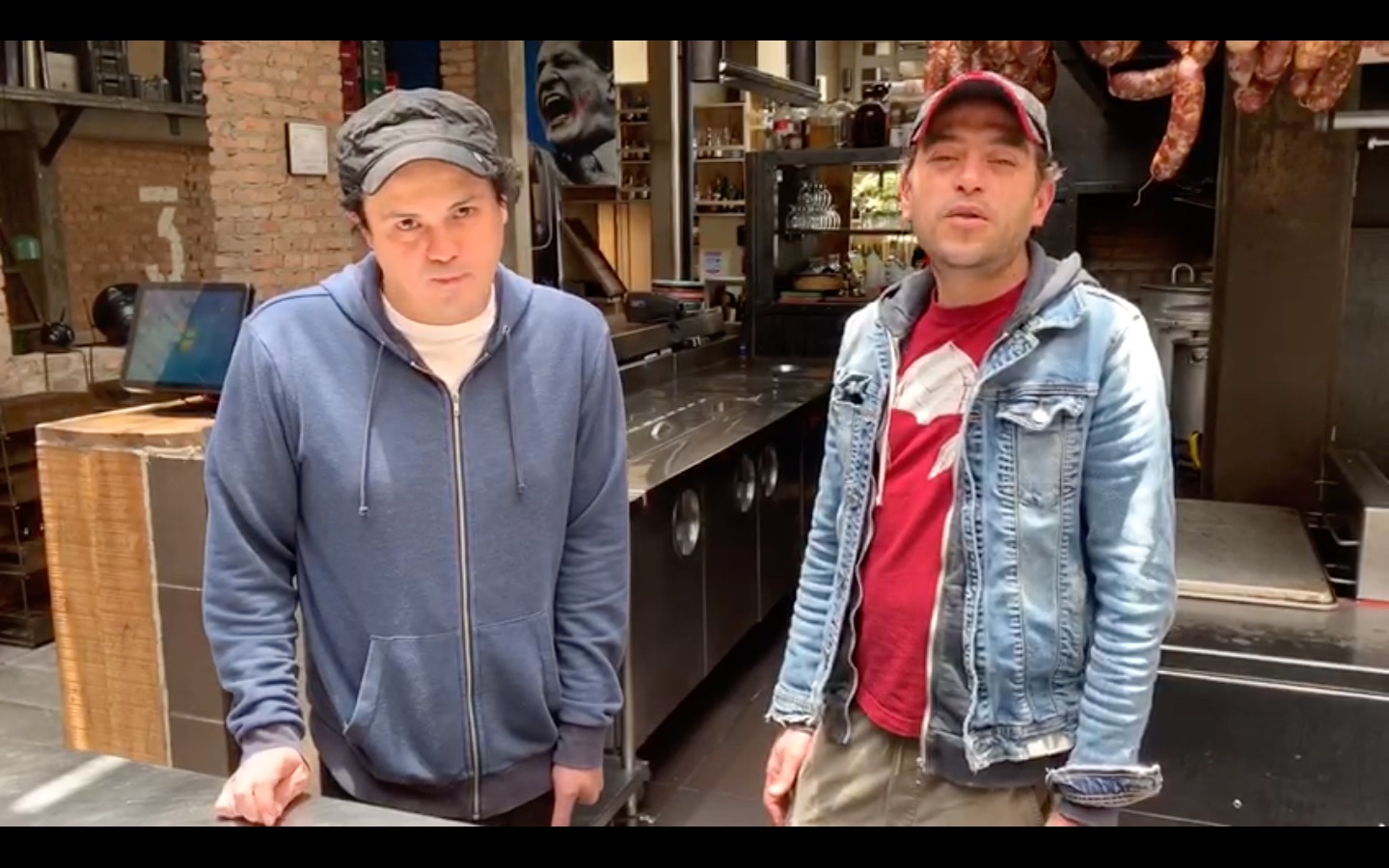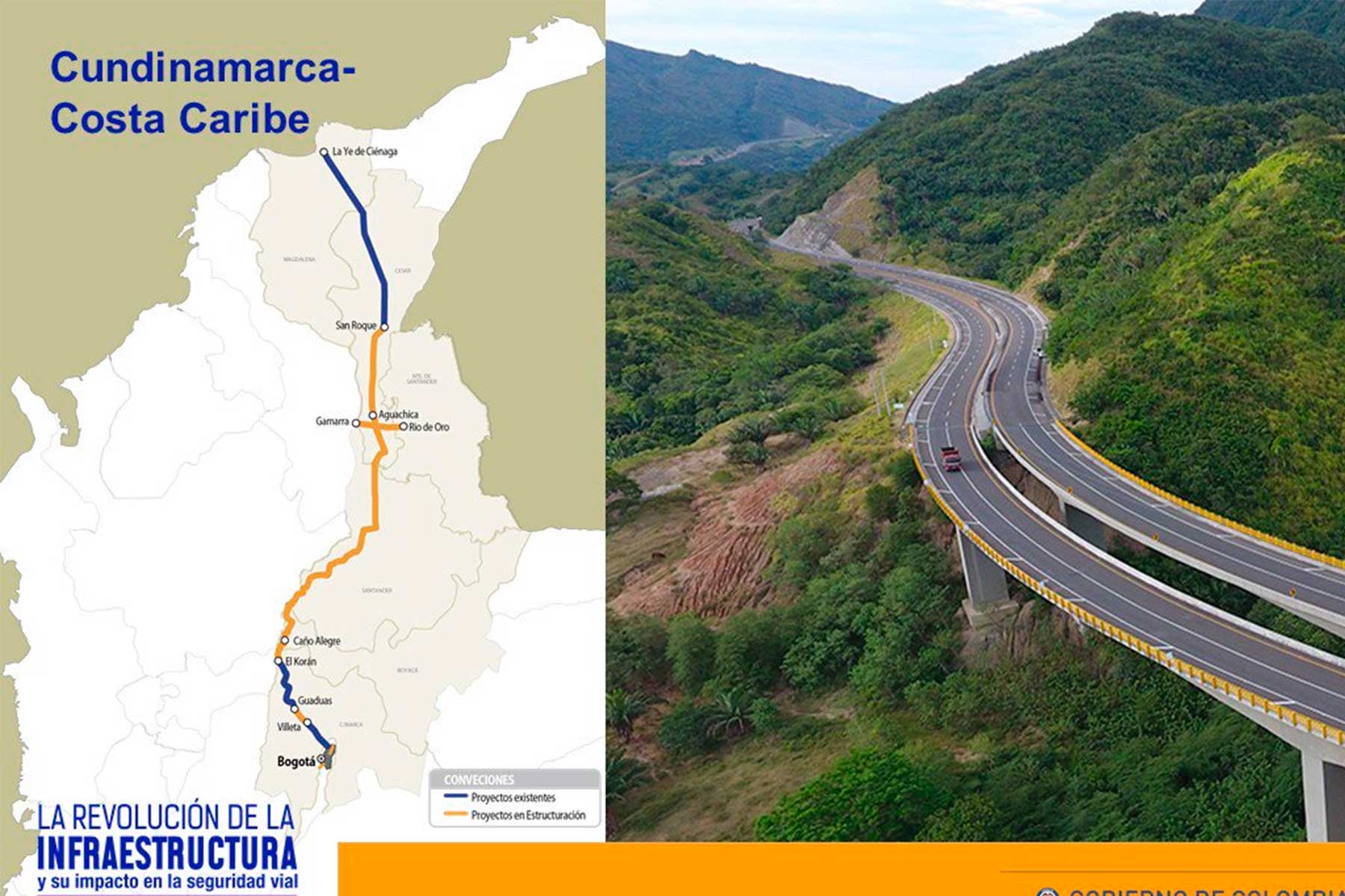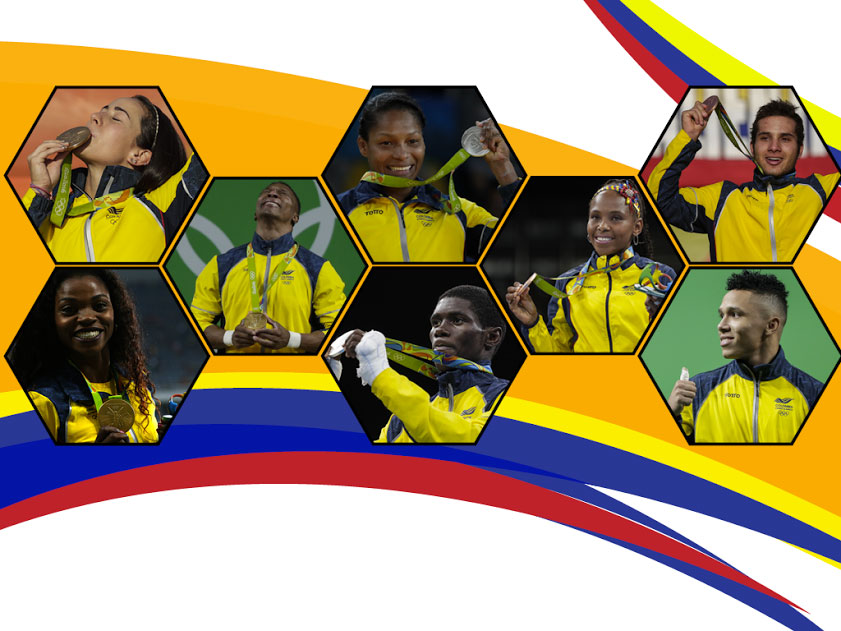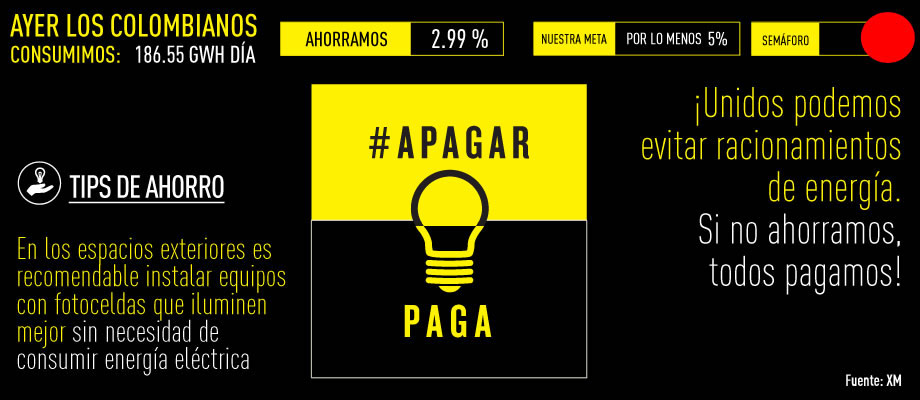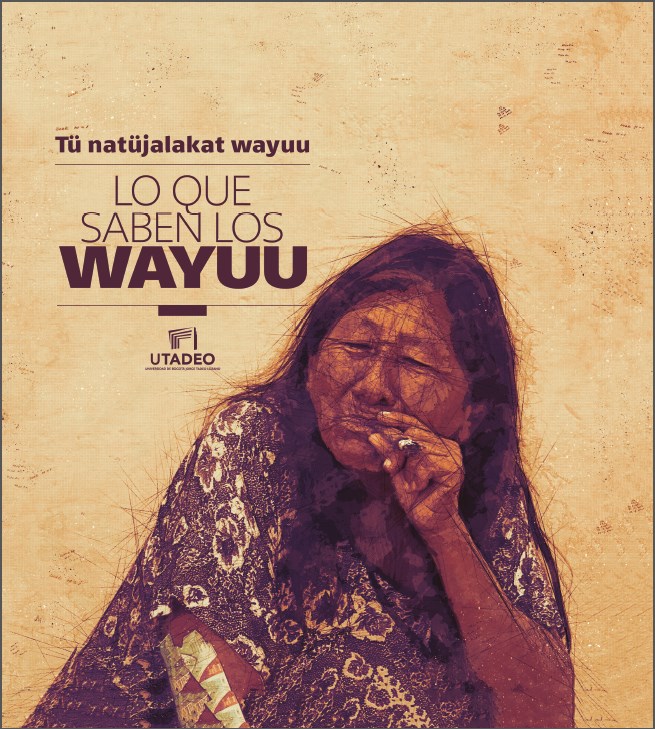
What the Wayuu Know, Colombia’s indigenous communities. Photo: Editorial UTadeo
For those interested in Colombia’s indigenous communities – like Christopher Outlaw – FILBo 2017 had plenty to offer, from workshops and talks to book launches and content on individual stands.
The Ministry of Culture recognises 65 native languages spoken by Colombia’s indigenous communities, with over a million speakers combined. Linguistic diversity is enshrined in the constitution, including the responsibility of the state to protect native languages as well as the right to be educated and conduct official communication in them.
Sadly, half of these tongues – fundamental Colombia’s indigenous communities identities – are in danger of disappearing. The death of any language is a tragedy. Indeed, according to the Ministry, “The extinction of a language means the loss of ancestral knowledge, customs and traditions which form part of the richness and diversity of the nation.”
Furthermore, they are important as “tools of managing knowledge” and their conservation “promotes the right to equal opportunity, assuring the principle of non-discrimination”. The link between indigenous languages and cultures is explicit and both were dealt with in various ways at FILBo 2017.
Visitors to the book fair were able to learn about native languages including Nasa, Misak, Kamentsa, and the highly endangered Andoque language – with fewer than 50 speakers – at morning workshops run by the Ministry of Culture.
At one such event I met Didier Chirimuscay, of the Misak people from Cauca, as he spoke about Colombia’s indigenous communities identity and governance, the relationship between his community and ‘mainstream’ society, and education in indigenous areas. He also mentioned the groups of native people who’ve had to move to large urban centres such as Bogotá and the importance for them of maintaining their languages and traditions. His Colombia Nativa TV programme – which explores various issues affecting the country’s indigenous populations – can be found online
The apogee for me, however, was the launch of a book – Tü natüjalakat wayuu: Lo que saben los Wayuu (What the Wayuu Know) – an extraordinary compilation of contributions by a number of people with diverse relationships with the Wayuu, who are the largest indigenous group in Colombia’s northernmost La Guajira department.
Among those present at the event were two Wayuu who introduced themselves and welcomed the audience in their melodic tongue, full of unfamiliar vowels and sibilants. One of these, Rafael Mercado, is a National University linguist and poet who talked about the failure of society to respect indigenous people. The other was poet Vito Apüshana who performed beautifully and powerfully in Wayuu and Spanish.
They both spoke of the importance in the matrilineal Wayuu culture of weaving textiles – indeed, brightly coloured Wayuu bags are famous and popular accessories in Colombia – and how the idea of weaving informs their beliefs about family, community, and the nature of humanity.
Another panelist was Carolina Sáchica, an academic from the Universidad Tadeo, which published the book. She wrote about the human rights situation in La Guajira, including the pressing issues of malnourishment and access to water and healthcare. Other speakers mentioned the book’s exposure of women’s issues and the ecology of the region.
The book, which contains many large and striking photographs, “highlights the rich cosmology of the Wayuu amongst the realities they face as inhabitants of one Colombia’s most forgotten regions,” and allows the alijuna (white man) to observe and understand the complexities of life in their desert communities. Five authors and nine Wayuu elders collaborated in the hefty work in which diverse experiences converge and complement one another in an interweaving of “words, memory, nature, community, ancestral wisdom, territory and resistance.”
Among this year’s talks on the theme of peace and reconciliation was one about ‘the role of the traditional cultures of indigenous peoples in the collective restoration of culture.’ Displays about the history of literacy in Latin America also mentioned bilingual or native language education in countries across the continent.
Stands such as those of the Instituto Colombiano de Antropología e Historia (ICANH) and Instituto Sinchi offered publications on indigenous (and other) themes. I picked up a free journal from the Instituto Sinchi with articles about native languages and agricultural practices in the Colombian Amazon, and a book from ICANH about the Nükak, a nomadic tribe from Guaviare who were the last indigenous group in the country to be brought into contact with wider society.
Also on the Ministry of Culture’s programme at FILBo 2017 were Colombia’s indigenous communities textiles workshops and the launch of a new web portal – Mapa Sonoro – where you can learn about and listen to dozens of Colombia’s indigenous languages.
By Christopher Outlaw

